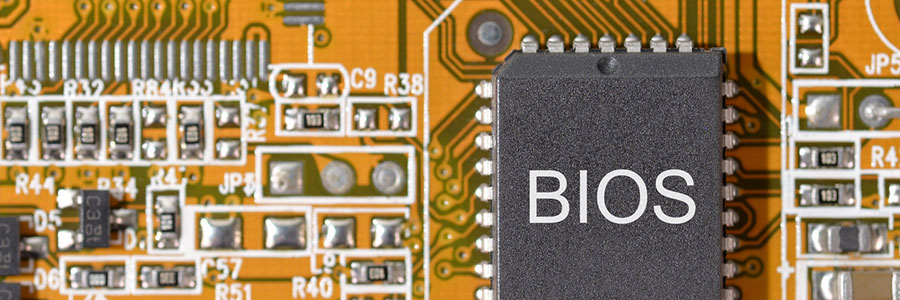Are you still hanging on to your old work computers since they “still work fine”? While they may still help you get the job done, their outdated firmware can make you vulnerable to security risks that can lead to major problems.
What is firmware?
Firmware is a basic type of software that is embedded into every piece of hardware.
Obsolete firmware poses security risks

5 Tips to work smarter in Outlook
Reasons why your business needs SaaS

Can you afford the software licenses your small business needs? Worried that you don’t have the budget for yearly maintenance costs? For many small businesses, the costs of acquiring and maintaining software is a huge drain on their resources. Fortunately, there’s Software-as-a-Service (SaaS). Find out how your business can save money with SaaS.
What is SaaS and what makes it appealing?
SaaS is a software delivery model that allows you, the user, to access software from any device through the internet.
Why it pays to have a good-looking website
A closer look at fileless malware

To avoid detection by anti-malware programs, cybercriminals are increasingly abusing legitimate software tools and programs installed on computers to initiate attacks. They use fileless malware to infiltrate trusted applications and issue executables that blend in with normal network traffic, IT processes, and system administration tasks while leaving fewer footprints.
Keep your mobile devices safe with these tips

Mobile devices are generally less secure than laptop and desktop computers. While there are available anti-malware applications for smartphones and tablets, they aren’t as comprehensive as those for laptops and desktops. Additionally, some mobile devices aren’t compatible with certain security applications or measures implemented by businesses.
7 Easy ways to prevent data loss in Microsoft 365

Microsoft understands the value of business data and the costly repercussions of losing it. That’s why they’ve released a slew of security and compliance tools for Microsoft 365 subscribers. But given the increasing sophistication and frequency of data breaches, these cloud security solutions aren’t enough to protect your files.
Can private browsing keep you safe?
Dress your website for success

When people visit websites, first impressions count. Wow your audience by following our tips.
Make a statement with professional photographs
Before site visitors read what’s on your website, they assess it by checking out your images. A picture is indeed worth a thousand words, but are those words truly what you want to convey to your audience?
Blurry, outdated, or irrelevant pictures tell your site visitors that you don’t care about their browsing experience.




